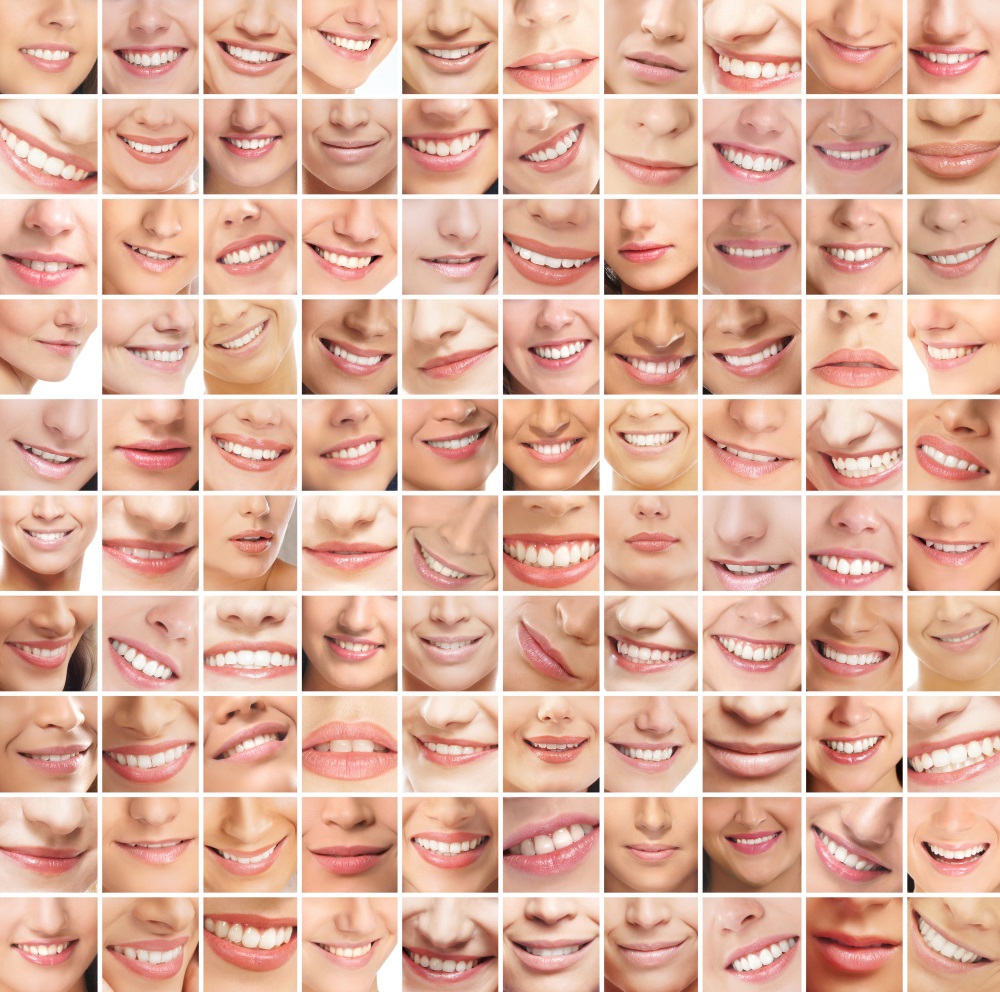What Different “Kinds” of Smiles Do You Have?
If you have children and have recently tried to get them smile for a holiday card (and, like many of us, failed miserably), then you know there are many types of natural and not-so-natural smiles. From silly to intense to just–plain–fake, there is a meaning behind all types of smiles—and some might surprise you.
Scientists have spent significant time focusing on the meaning behind different types of smiles and the circumstances when they crop up. Researchers have also analyzed how others respond to these varying types of smiles. At Dr. Ku’s, we’re more than just dental professionals invested in your smile. We want to keep you informed about everything your smile can bring to life!
What does science say about smiles?
French neurologist Guillaume Duchenne set out to in the mid-1800s to determine if he could distinguish the difference between a fake smile and a real one. While his experiments today may be classified along the lines of torture (he electrocuted his subjects!), he did break down smiles into two groups: those that involved the crinkling of the eyes and those that only used the muscles around the mouth.
Duchenne determined that the muscles-only smile was the telltale sign of an insincere smile. The next major smile study didn’t occur until 1974, where researcher Leonard Rubin found there were three basic kinds of smiles.
The number of smiles continues to fascinate researchers, and only a few years ago, the BBC released additional research that concluded there were 19 different types of smiles. These smiles range from contempt to flirtatious to out-right fake.
While smiles are most commonly associated with happiness, the BBC study found that out of 19 different types of smile, only six occur when we’re having a good time. The rest happen when we’re in pain, embarrassed, uncomfortable, horrified or even miserable. A smile may mean contempt, anger or incredulity, that we’re lying or that we’ve lost.
Is one type of smile the “most common?”
The most common type of smile is the tight–lipped smile. You may have seen this smile flash across Fort Worth as you waited in holiday lines. It is common in public forums because it is easy to fake and this is what we have in mind when we need to smile politely. Big, open mouth smiles are also thought of to be fake. Even though this type of smile is often associated with joy, it is unnatural to always look like you are mid-laugh.
Is there a “best” smile?
So, what makes a great smile?
First, many people look at the lips and determine how they frame your smile.
Next, people notice the health of the gums and gum structure. Gums that are recessed, diseased, or uneven distract from your smile. In fact, many people with oral health problems admit to no longer smiling due to fear of highlighting problem areas in their mouth.
Our brain is programmed to find certain images attractive, including teeth shape and structure. And since first impressions are often lasting impressions, having clean teeth and healthy gums is important for self–confidence. Research has shown that people who smile less often due to poor teeth are generally less happy and more anxious than others.
If you are looking to make a change to your smile for the better, give Dr. Ku’s Fort Worth office a call today!






